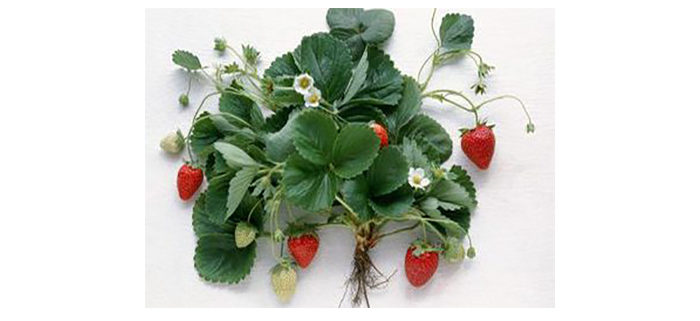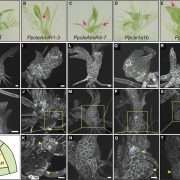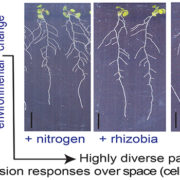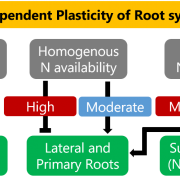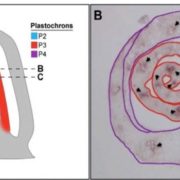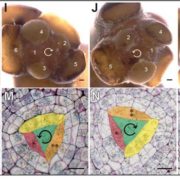Flowering Versus Runnering: A Very Important Decision in Strawberry
Tenreira et al. find a gene responsible for the differentiation of the stolon in strawberry. The Plant Cell 2017. https://doi.org/10.1105/tpc.16.00949
Asexual reproduction produces offspring that are genetically identical to the parents. This process takes many forms in flowering plants, including the production of tubers, rhizomes, corms, bulbs, and stolons. In strawberry, stolons , (also known as runners) are elongated stems that produce daughter plants that are used to propagate commercial varieties. The axillary meristem (embryonic tissue in the leaf axil) gives rise to stolons, but it can also produce inflorescence-bearing shoots, leading to flowering and fruit production. Until recently, little was known about the mechanism underlying the flowering/runnering decision in strawberry.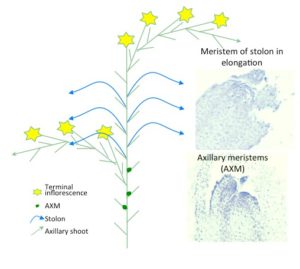
Tenreira et al. (2017) used a natural runnerless (r) mutant to identify the RUNNERING gene (responsible for stolon production) in woodland strawberry. Using a classical genetics approach combined with mapping via next-generation sequencing, the r mutation was identified as a deletion in the active site of the Gibberellin 20-oxidase4 (GA20ox4) gene, which is expressed primarily in the axillary meristem. GA20ox is a key biosynthetic enzyme that catalyzes a rate-limiting step in the synthesis of bioactive gibberellins (GAs). GAs are phytohormones that play a central role in many developmental processes. In strawberry, as in other perennial species, GAs inhibit flowering and promote vegetative growth.
Tenreira et al. demonstrated that GA20ox4 is strictly linked to stolon formation in the axillary meristem. When this protein is mutated, its enzymatic activity is totally lost. Depending on the allelic state of GA20ox4, the axillary meristem produces either a stolon (active allele) or an inflorescence-bearing shoot as the default developmental program (inactive allele). Therefore, GA20-oxidase plays a pivotal role in the decision of the meristem to produce either stolons or inflorescence-bearing shoots, and thus in the trade-off between flowering and runnering in diploid strawberry.
It will be interesting to explore regulatory genes and targets of GA in the axillary meristems of strawberry. A future challenge is to transfer this knowledge to cultivated strawberry in order to modulate the balance between runnering and flowering in this important crop.
Tenreira, T., Pimenta Lange, M.J., Lange, T., Bres, C., Labadie, M., Monfort, A., Hernould, M., Rothan, C., and Denoyes, B. (2017). A specific gibberellin 20-oxidase dictates the flowering-runnering decision in diploid strawberry. Plant Cell 29: https://doi.org/10.1105/tpc.16.00949


